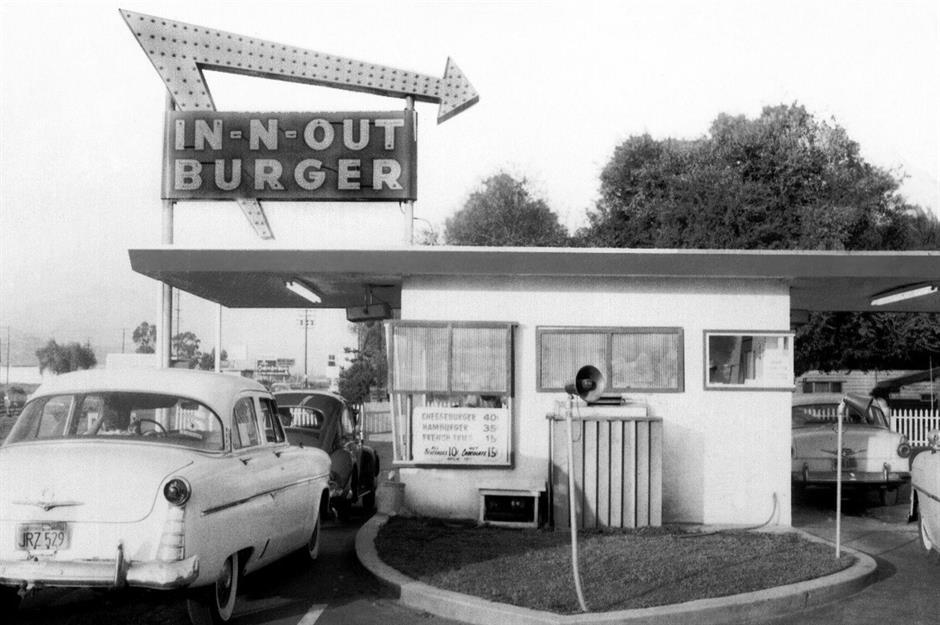Fast food has long been a go-to for those seeking quick, affordable meals, but its journey has been anything but static. What started out as a simple solution for busy families has now become a highly digital, customizable experience, shaped by technology and shifting lifestyles. From the classic drive-in era to today’s mobile-first dining, the world of fast food has adapted at every turn.
Origins of Fast Food: Convenience Meets the Automobile Age
The roots of fast food trace back to the early 1900s, but its boom came in the decades following World War II. As car ownership soared, roadside diners and drive-ins gained popularity. Pioneers like White Castle and McDonald’s revolutionized the industry with efficient kitchen setups and consistent menus, focusing on serving meals quickly and at low cost.
The 1950s introduced a breakthrough: the drive-thru window. Chains such as Burger King and Wendy’s refined this approach, catering to suburban communities looking for fast meals without leaving their vehicles. Fast food became more than just a meal—it was built into the rhythm of daily life.
Global Growth and Cultural Footprint
During the 1970s and 80s, fast food brands began crossing borders, reshaping menus to align with regional preferences. For instance, in India, McDonald’s offered vegetarian and chicken options in place of beef; in South Korea, bulgogi burgers became a hit.
These global expansions embedded fast food into local cultures, while back home in the West, branding efforts turned items like the Big Mac and Happy Meal into cultural icons. Fast food wasn’t just food—it was advertising, entertainment, and lifestyle all rolled into one.
Health Awareness and Menu Overhauls
As the industry grew, so did concerns about nutrition. Public scrutiny increased in the early 2000s, pushing fast food chains to reconsider their offerings. Films like Super Size Me and rising rates of health issues such as obesity forced a shift toward healthier options.
Chains responded with low-fat items, salads, calorie counts, and more transparency. Subway leaned into a health-conscious identity, and soon others followed. Plant-based alternatives and customizable meals became standard fare.
Digital Revolution: Fast Food Enters the App Age
The smartphone boom marked a turning point in how customers interacted with fast food. Companies launched mobile apps for ordering, payment, and loyalty programs. Digital menus, app-exclusive deals, and customizable orders gave customers more control than ever before.
At the same time, in-store kiosks and automated checkouts became common, reducing wait times and minimizing human interaction. Third-party delivery services like DoorDash and Uber Eats extended fast food access beyond the restaurant’s walls.
The COVID-19 pandemic accelerated these changes, making contactless ordering and curbside pickup the norm rather than the exception.
What Lies Ahead for Fast Food?
The next evolution is already underway. Fast food brands are experimenting with robotic kitchens, AI-driven ordering systems, and voice-command technology. Sustainability is also a key focus, with many companies seeking eco-friendly packaging and ethical sourcing practices.
In the future, fast food may offer hyper-personalized experiences, using data to tailor menu suggestions and promotions to individual tastes in real time.
Final Thoughts
Fast food has traveled a long road—from carhops and drive-thrus to mobile apps and AI-assisted kitchens. While the promise of quick and affordable meals remains, the way we order, customize, and receive those meals is rapidly evolving.
Today, your next burger or coffee could be just a few taps away—and tomorrow, it might be delivered by drone or cooked by a robot.


Tinggalkan Balasan